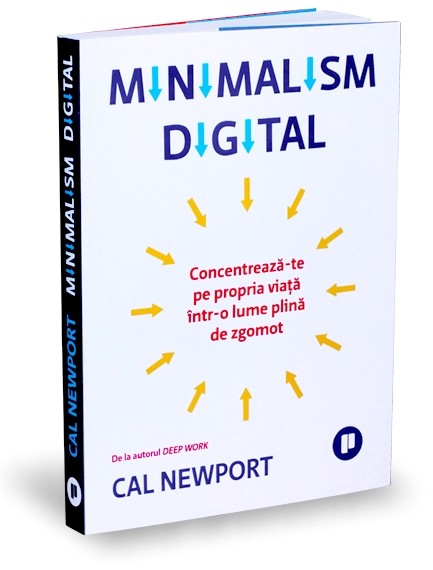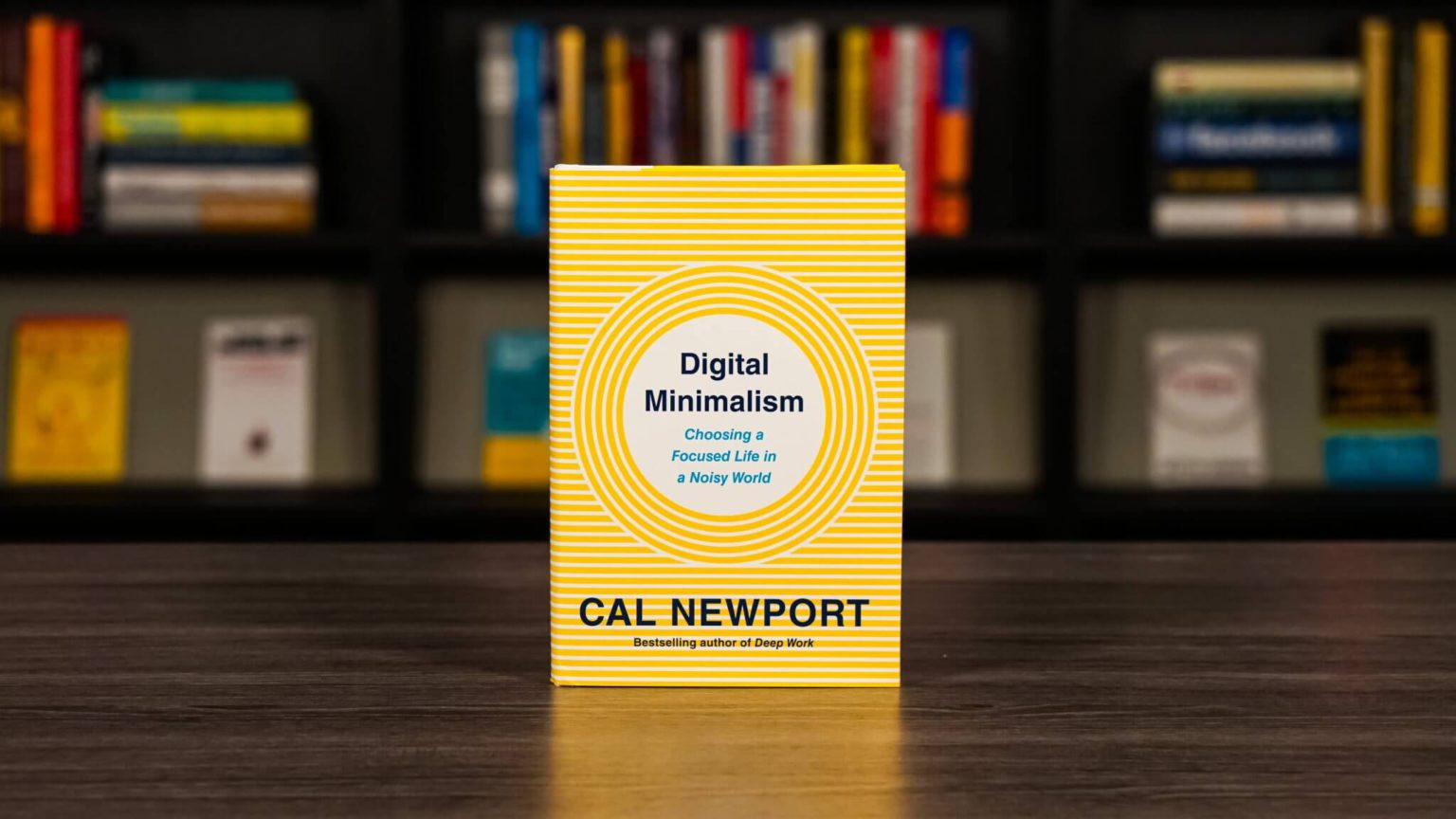

The whole process of feedback (posting and waiting for responses) is central to the behavioural addiction. posting a status or tweet and waiting for likes and retweets) but also in browsing-only content.

Intermittent positive reinforcement – Unpredictability triggers a dopamine release, and this is characteristic in social media (e.g.How firms encourage behavioural addiction:.“People don’t succumb to screens because they’re lazy, but instead because billions of dollars have been invested to make this outcome inevitable.” There is a conscious attack on this autonomy by the big players, who have designed tools to be deliberately addictive.Nobody debates the potential usefulness of these tools, but there is a serious issue of autonomy – checking phones compulsively, missing moments in life for want of a constant need to document to a virtual audience, etc.Few predicted how novel ideas like Facebook and the iPhone would come to dominate our time and attention.The book centres on a philosophy to address this, encouraging a more intentional approach to technology, along with associated practices to help embrace this philosophy.New digital communication technologies have transformed how we are allocating our attention and may even be damaging our health.Book Notes: The Key Ideas in Detail Premise of the Book

If we move past this view by adopting a range of practices, we can resist the attack on our attention and enhance our quality of life. #6: Ending the ‘foundational’ technology perception: The fragility of attention economics is its reliance on the view that technologies are ‘foundational’. And to sustainably cut out the worst of our digital habits, we should cultivate high-quality leisure in its place.

#5: Reclaiming conversation and leisure: To meet the needs of our social brains, we must prioritise ‘conversation’ over ‘connection’. Some simple practices can help rekindle our independent thinking. #4: Solitude deprivation: Our constant and compulsive need for connection has left us less able to harness our own thoughts. This is intended to break away from technology, before reintroducing technologies only according to what really supports what we value. #3: The digital declutter: This transformation in our relationship with technology begins with carefully a planned 30-day digital declutter. #2: Digital minimalism: The addictive nature of these technologies means a more radical approach is required, where only a limited range of online optimised activities are used to support the things we value. #1: Addictive by design: Technologies, such as social media, have been deliberately engineered to retain as much of our attention as possible. Paper | Kindle Book Summary: The Key Ideas


 0 kommentar(er)
0 kommentar(er)
